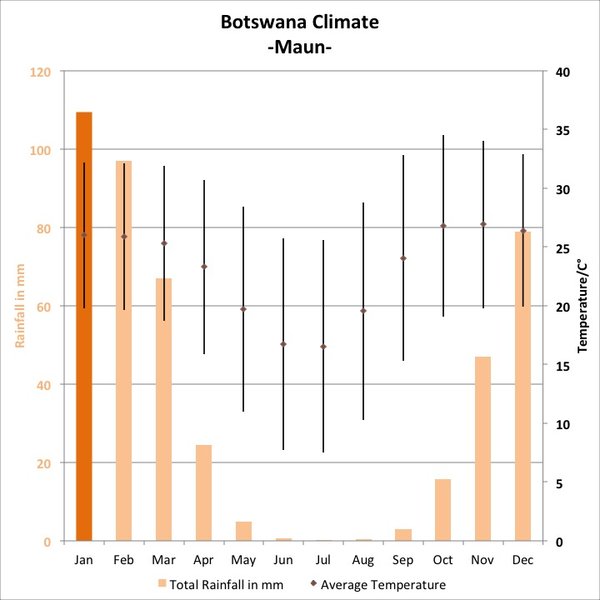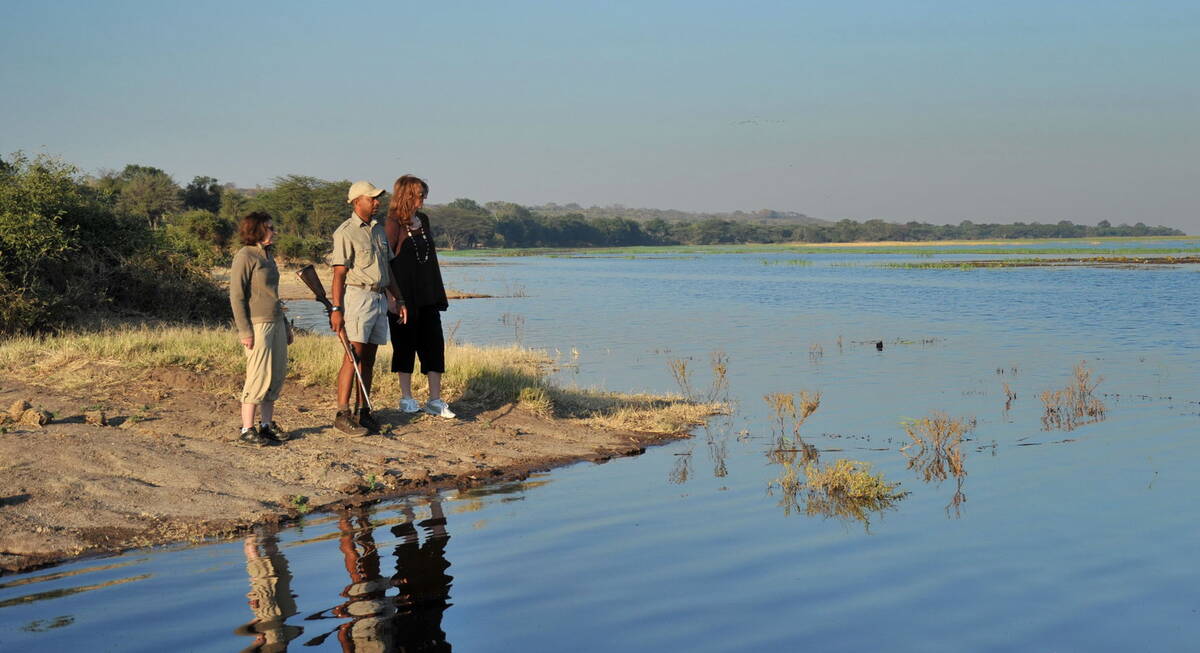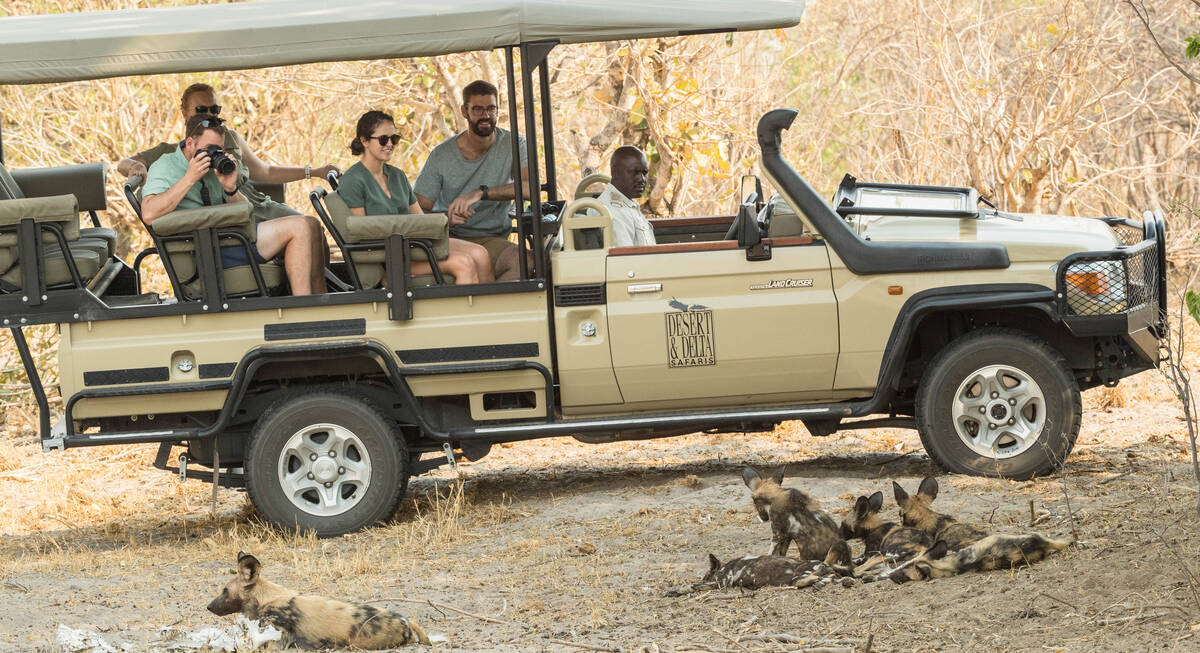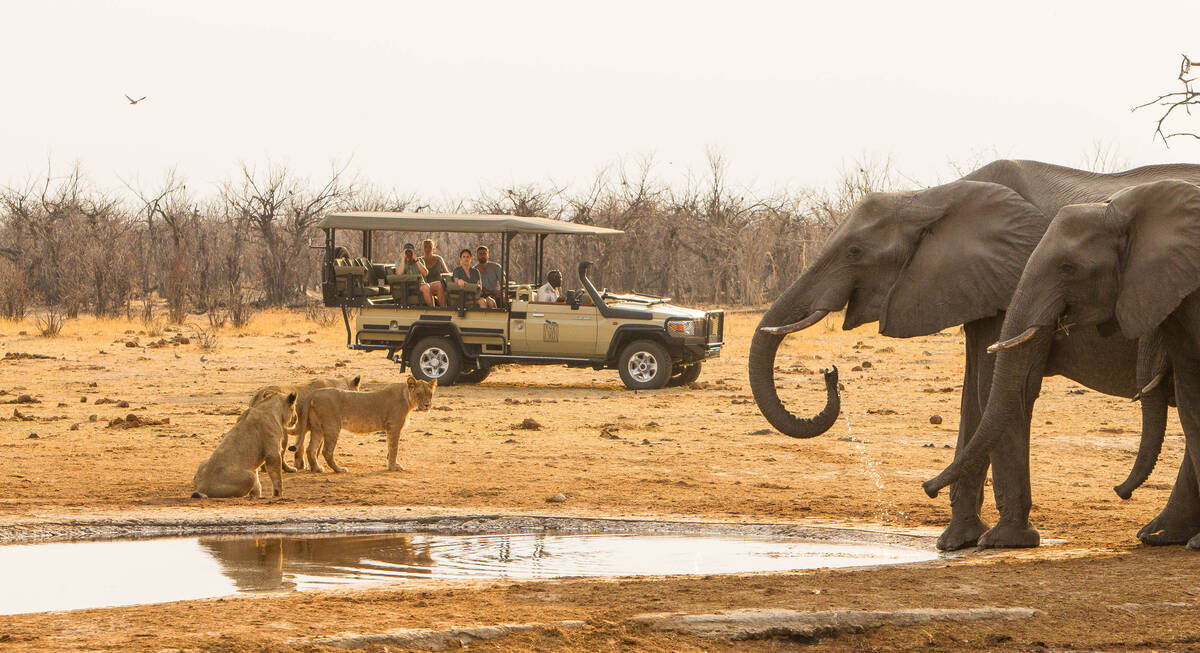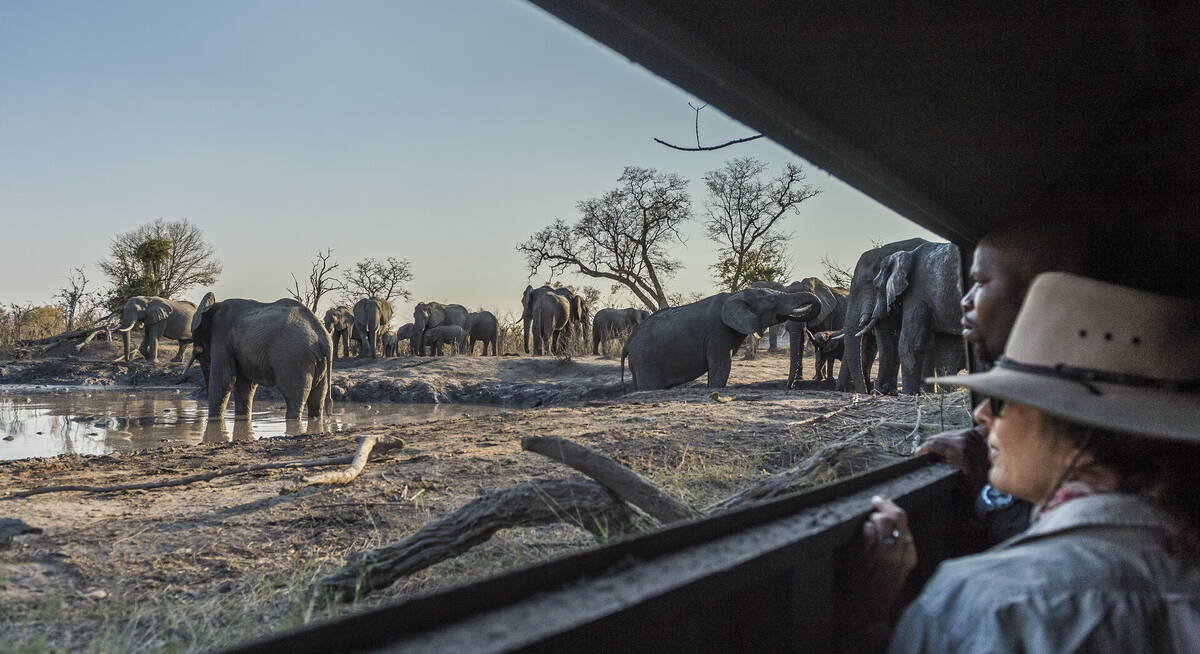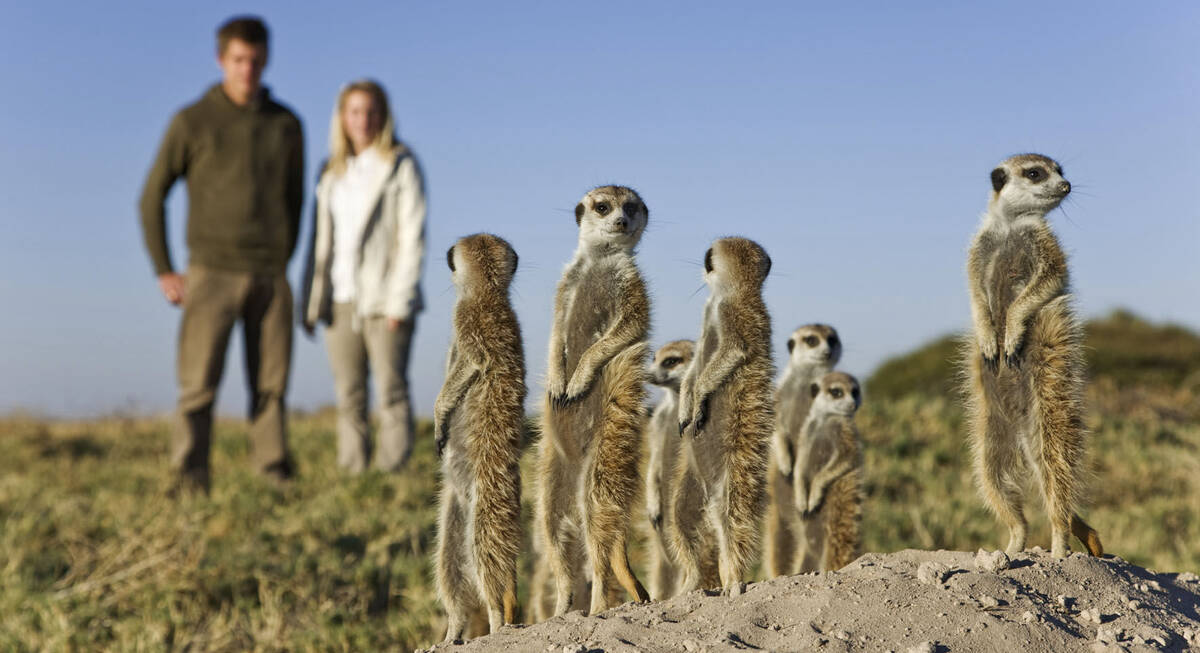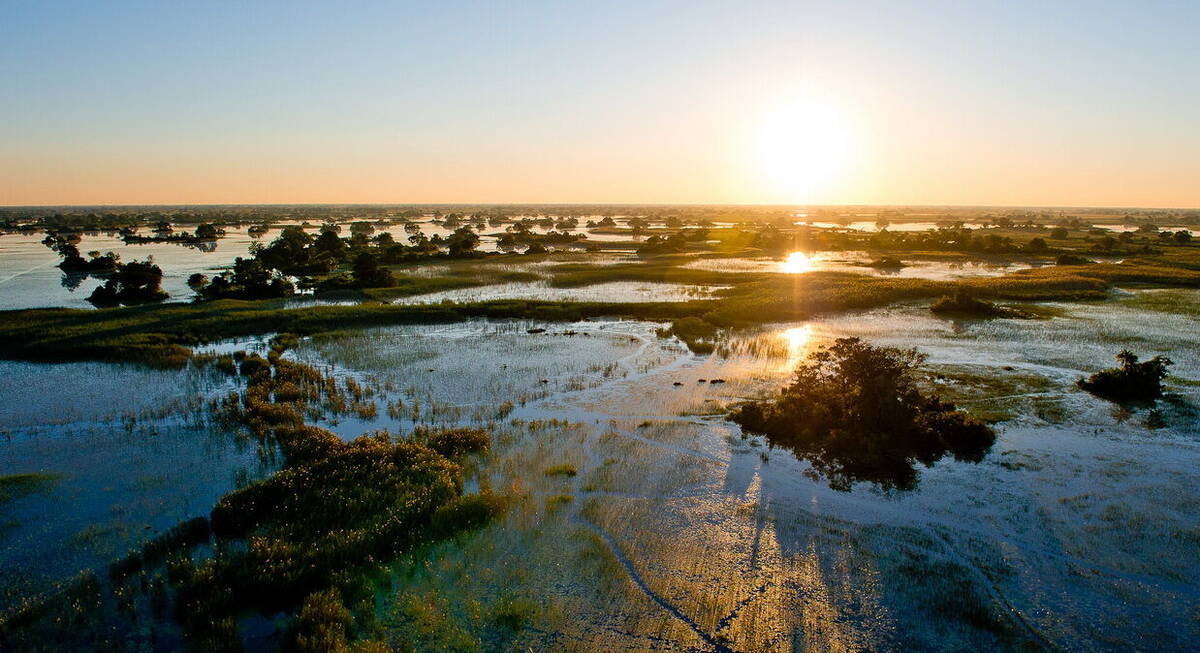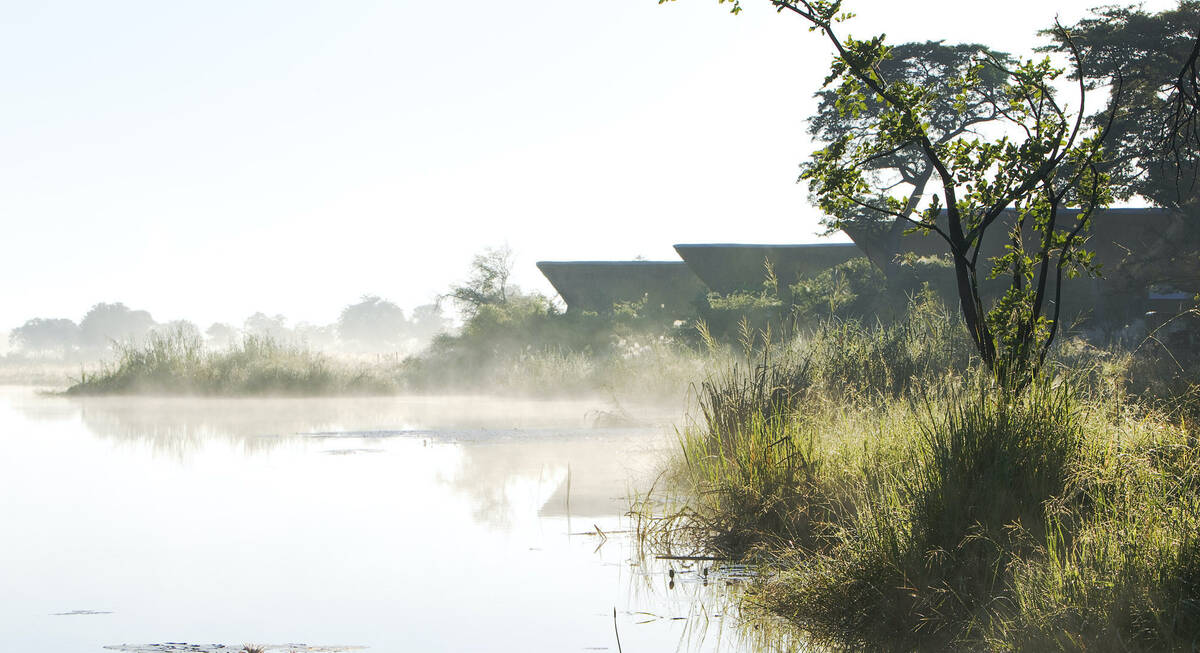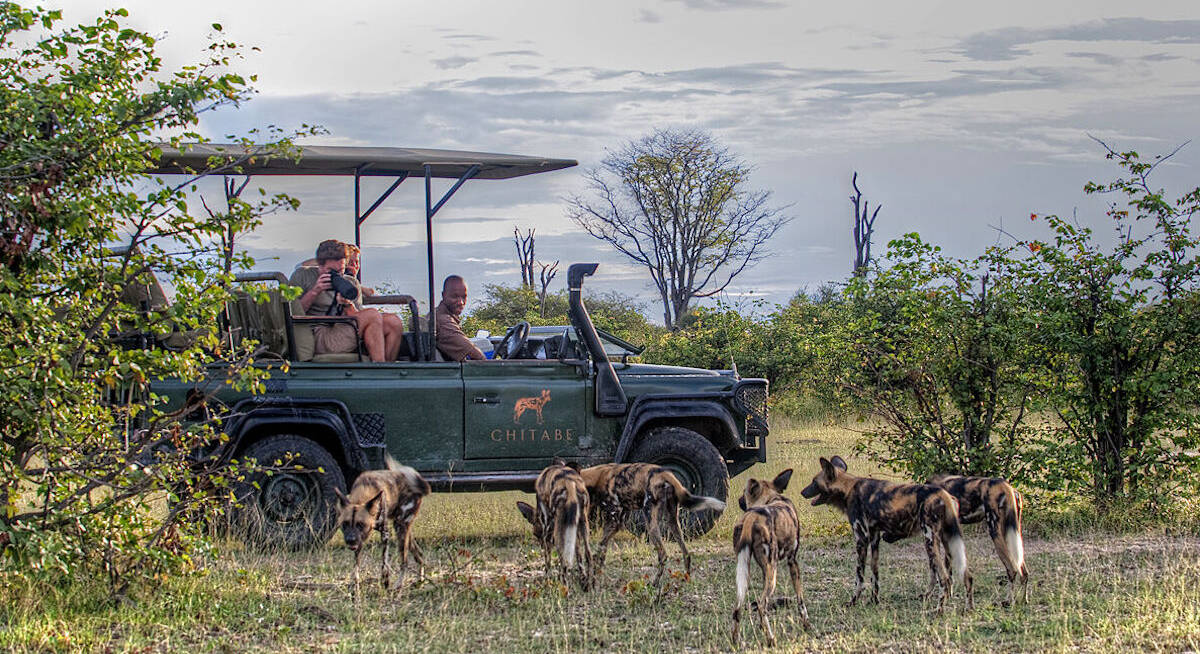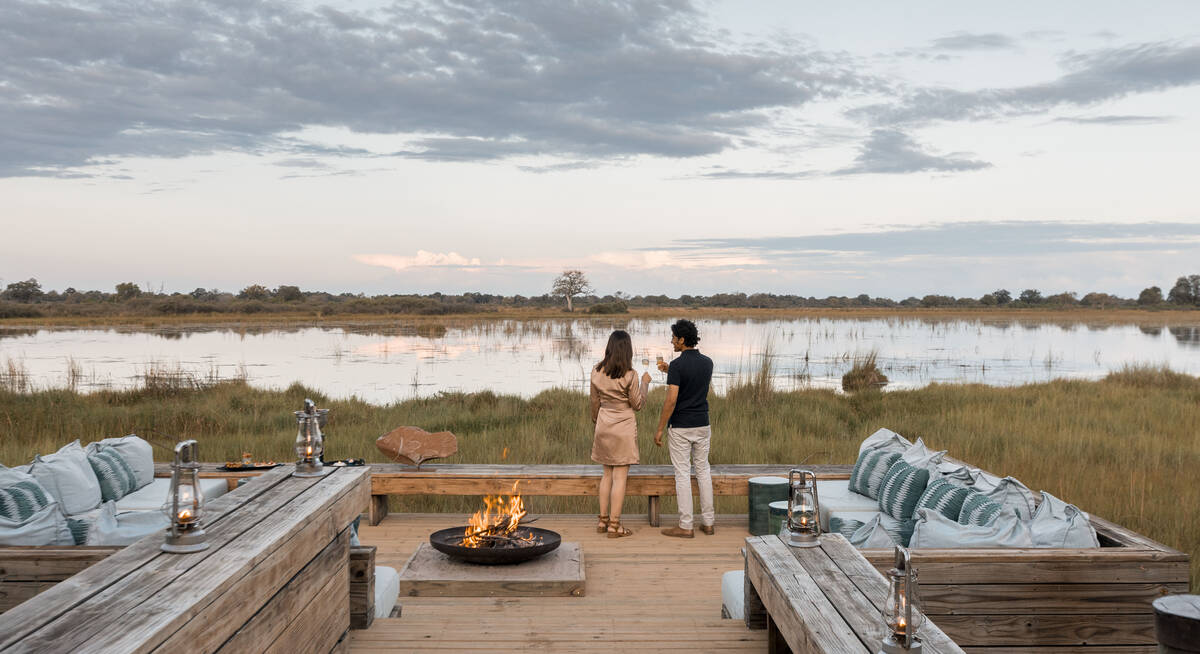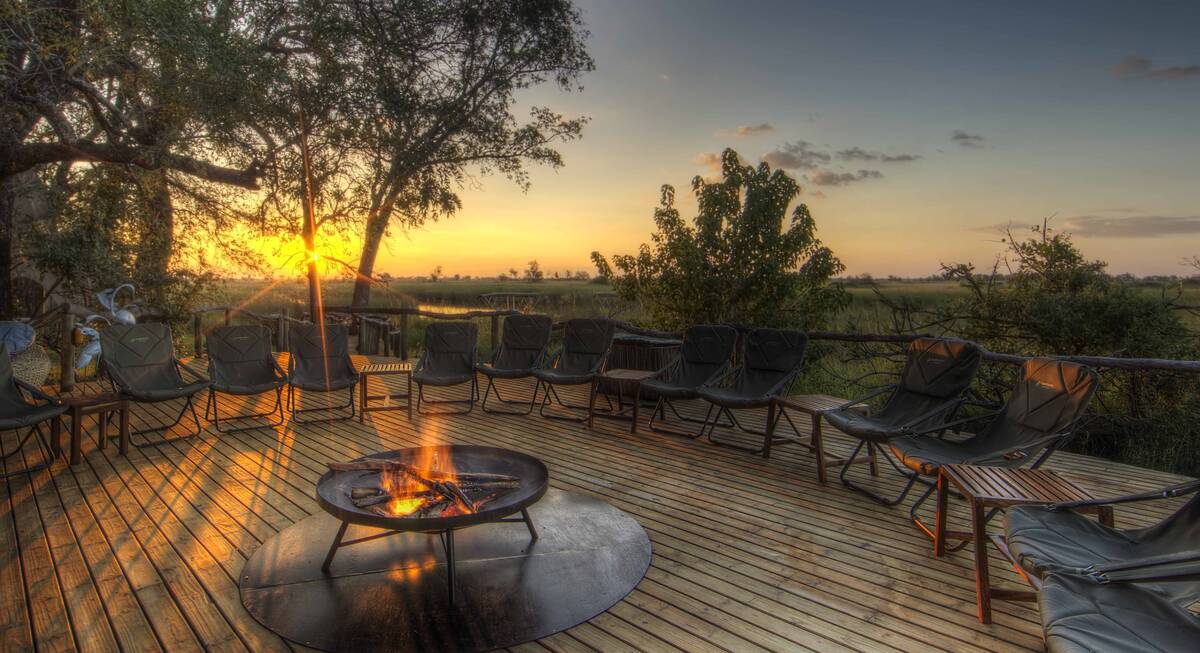January: one of the wettest months of the year; the humidity level is very high.
February: the rain is heavy, the bush is thick and it's a great time of year for birdwatching
March: often dry and sunny days, but thunderstorms possible.
April: a very fresh, green month; some rain but also clear weather.
May: the landscape is beautiful and green, the air is very clear with some rain around.
June: start of the peak season as the weather dries up, although nights can be very cold.
July: nights can be close to freezing, but during the day it warms up quickly.
August: a clear and dry month.
September: temperatures warming up; great time for game viewing.
October: the hottest month: average tempertures in the mid 30°C's.
November: an unpredictable month; can be really hot or cooling down with the first rain.
December: the rainy season begins.
Our top picks for holidays to Botswana
We'll always tailor-make your safari for you. Here are some of our favourites to inspire you.

Looking for inspiration on where to travel next?
Visit our trip chooser to explore your options and find inspiration for your perfect African adventure
Inspire me
